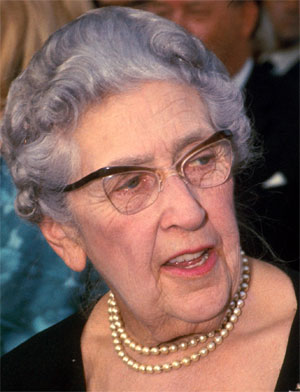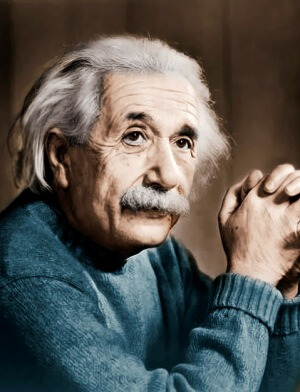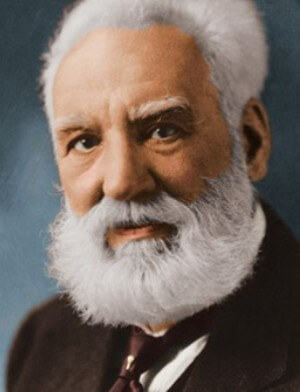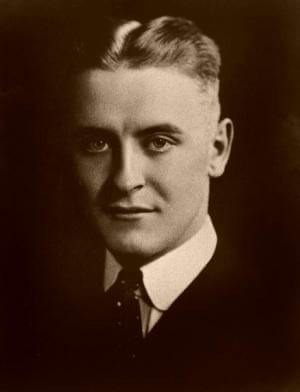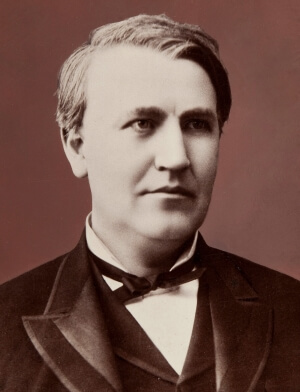- ICCONS,Shoranur, Palakkad (0466)2224869; 6238440945
- ICCONS, Pulayanarkotta,Trivandrum-11 (0471)2440232, 2447729
- icconssrr@gmail.com
- icconstvpm2018@gmail.com

Learning Disabilities - General
Double Special Children: Gifted Children With Learning Disability:
Educators have recognized a group of children among the learning disabled called the “Gifted Children”. They are sometimes referred to as twice exceptional dual labeled children. They have been identified as gifted and talented in different categories of giftedness like general intellectual abilities; creativity; specific academic abilities; leadership and talent in visual and performing arts. There are many eminent people in the history who have been identified as gifted children with learning disabilities. These include Thomas Alva Edison; Albert Einstein; Winston Churchill; Da Vinci; Woodrow Wilson to list a few .The importance of identifying these children is that they may be lost in the general academic curriculum unless identified and rehabilitated in the early stage itself.
Current Status of the problem:
During the past few years, dyslexia has the focus of considerable interest to researcher’s from different scientific disciplines for both for theoretical and practical reasons. The awareness of the public that this condition affects approximately 10% of the population (or up to 20% depending on a more or less conservative definition) and has a neurobiological basis gave rise to the hope of rational and effective therapy. This awareness had stimulated research in quite different areas such as Neurophysiology, Neuropathology, Neuropsychology, Linguistics and Educational Science. As a result Dyslexia has become a subject for transdisciplinary studies and model for elucidating biological, educational and socio cultural factors of brain and cognition interaction and development. The recent advents in functional brain Imaging has provided unique opportunities for understanding of the brain mechanisms behind many neuropsychological processing such as reading, mathematical operations and learning and in pathological states when such functions are impaired. In the past few decades a tremendous progress has been made in the understanding of various aspects of learning disabilities. Most often these advances concentrated on diagnostic criteria, epidemiology, genetics, neuropsychological underpinnings, neuroanatomy, etiology, outcome and rehabilitation. Recently much attention has also been devoted to neurological and neuroanatomical correlation of learning disabilities through Neuroimaging, functional neuroimaging, evoked potentials and electroencephalographic evaluations. The fact that learning disabilities are 3-4 times more commonly observed in male children has evoked studies on gender effect on learning disabilities. Advances in Neurolinguistics, Neuropsychology, and Computational principles have also improved our understanding on learning Disabilities and various Linguistic, Neuropsychological and Computational models for Learning and learning Disabilities have been proposed. An over view of the current status of the problem at International and National level is reviewed here.

